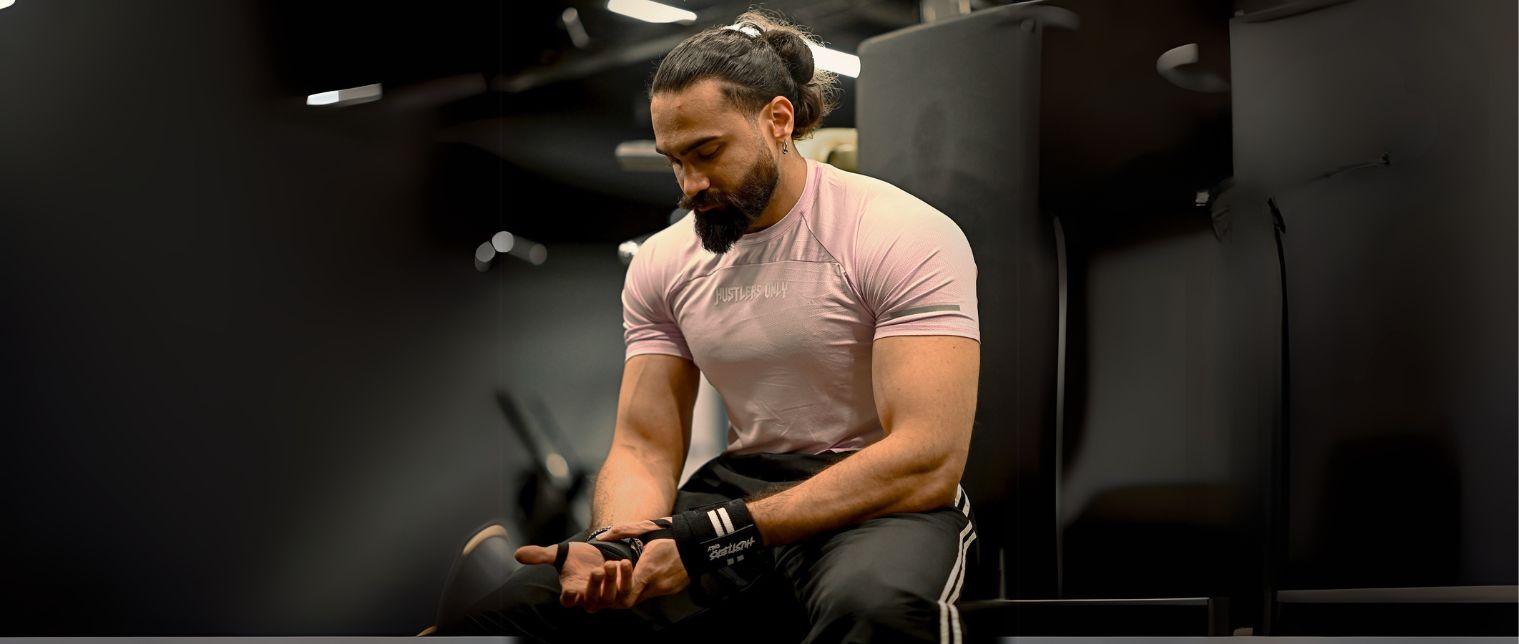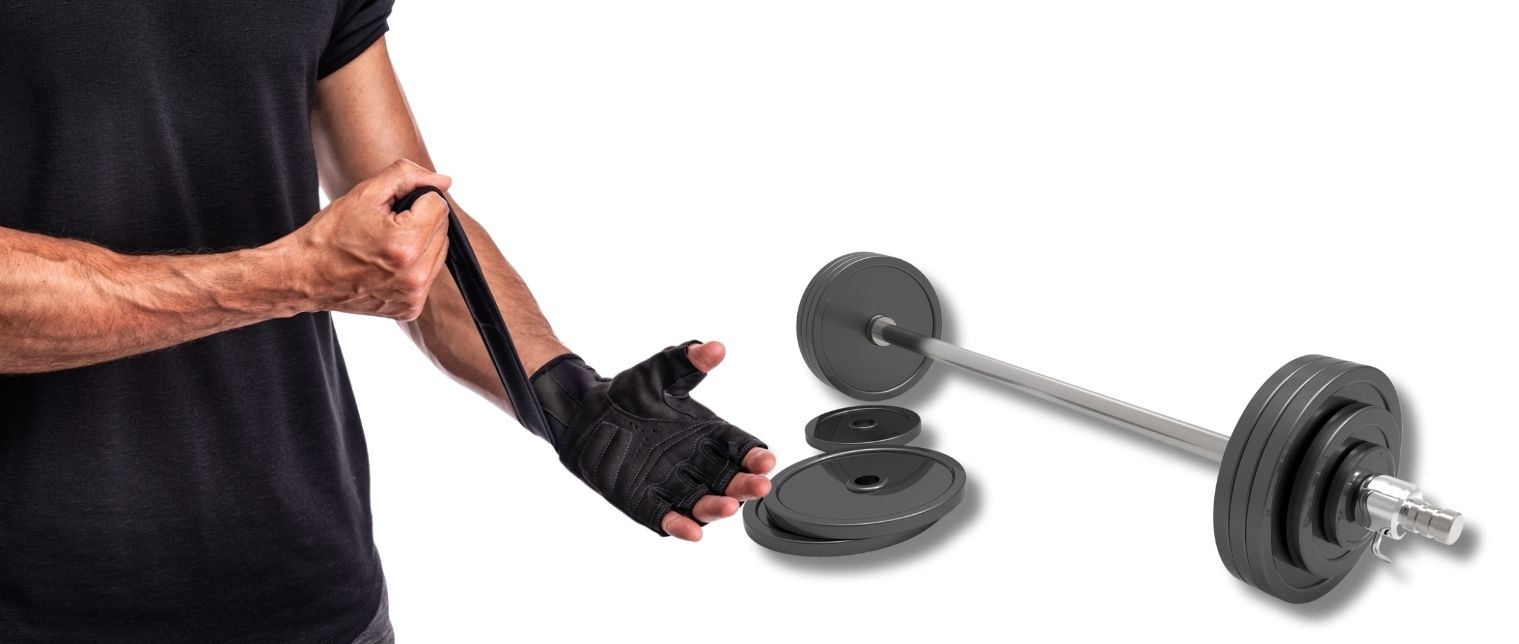When it comes to strength training and weight lifting, having the right equipment can make all the difference in achieving your fitness goals. While barbells, dumbbells, and machines are often the focus, one essential piece of gear that's often overlooked is weight lifting gloves. These gloves are not just accessories; they are a crucial part of your gym kit that can enhance your performance, protect your hands, and help you lift more effectively.
The Role of Weight Lifting Gloves in Your Fitness Journey
Weight lifting gloves serve multiple purposes in your fitness regimen. They provide a layer of protection for your hands, preventing blisters, calluses, and injuries that can occur from repeated lifting. Beyond just protection, these gloves can improve your grip, help with lifting heavier weights, and offer wrist support, making your workouts more efficient and safer.
Protection: The Primary Benefit of Weight Lifting Gloves
One of the most immediate benefits of weight lifting gloves is the protection they offer your hands. Regular lifting, especially with heavy weights or rough bars, can lead to painful blisters and calluses. These can not only be uncomfortable but can also hinder your performance by making it painful to grip the bar.
Weight lifting gloves create a barrier between your hands and the bar, reducing friction and minimizing the risk of skin injuries. This protection is crucial for maintaining consistent training, as it prevents the kind of injuries that could otherwise sideline you from your workouts. Remember to pack your gloves along with your gym towel and training clothes in your gym bag for a complete workout kit.
Enhanced Grip: Lifting More, Lifting Better
A strong grip is essential for effective lifting, especially when working with heavier weights. Weight lifting gloves can significantly enhance your grip strength by providing a more secure hold on the bar. Many gloves are designed with materials that increase friction between your hands and the bar, reducing the likelihood of slipping.
This is particularly beneficial during exercises like deadlifts, rows, and pull-ups, where maintaining a strong grip is crucial. With weight lifting gloves, you can lift more confidently and focus on your form, knowing that your grip won't fail you at a critical moment.
Wrist Support: Preventing Injuries and Improving Performance
Wrist injuries are a common concern for lifters, especially when handling heavy weights or performing exercises that put a lot of strain on the wrists, such as bench presses and overhead presses. Many weight lifting gloves come with built-in wrist supports that help stabilize the wrist joint, reducing the risk of hyperextension and other injuries.
This added support not only protects your wrists but also allows you to lift more weight with better control. For those who frequently experience wrist discomfort during lifts, gloves with wrist support can be a game-changer, enabling you to train more safely and effectively. Consider pairing your gloves with other supportive gear like knee wraps and a lifting belt for comprehensive protection.
4 Types of Weight Lifting Gloves: Finding the Right Fit for Your Needs
There are various types of weight lifting gloves available, each designed to meet different needs and preferences. Here are some of the most common types:
1. Full-Finger Gloves
Full-finger gloves cover the entire hand, providing maximum protection against blisters and calluses. They are ideal for lifters who want comprehensive hand protection and are often used in colder environments where warmth is also a concern.
2. Fingerless Gloves
Fingerless gloves are perhaps the most popular type among lifters. They provide protection for the palms while leaving the fingers free, offering a balance between protection and flexibility. These gloves are great for those who want to maintain some tactile sensation while lifting.
3. Wrist Wrap Gloves
Wrist wrap gloves come with integrated wrist straps that offer additional support to the wrist joint. These are ideal for lifters who engage in heavy lifting or those who have a history of wrist injuries. The wrist wraps help stabilize the joint, reducing the risk of injury during strenuous lifts.
4. Grip Pads and Lifting Straps
While not technically gloves, grip pads and lifting straps are alternatives that offer some of the same benefits. Grip pads provide extra cushioning and grip without covering the entire hand, while lifting straps are designed to help support the weight, particularly during heavy lifts like deadlifts.
How to Choose the Right Weight Lifting Gloves
Choosing the right weight lifting gloves involves considering several factors, including your lifting routine, personal preferences, and any specific support you might need. Here’s what to look for:
1. Fit and Comfort
The fit of your gloves is crucial. They should be snug enough to provide support but not so tight that they restrict movement or cut off circulation. Comfort is key, as you’ll be wearing these gloves during intense workouts, so make sure they feel good on your hands.
2. Material and Durability
The material of the gloves plays a big role in both comfort and durability. Leather gloves, for example, are very durable and offer excellent protection, but they might be less breathable than synthetic materials. Look for gloves made from high-quality materials that can withstand the rigors of regular lifting.
3. Wrist Support
If you lift heavy weights or have had wrist issues in the past, consider gloves with built-in wrist wraps for additional support. This feature can help prevent injuries and improve your overall lifting performance.
4. Grip Enhancement
Some gloves come with extra grip features, like silicone or rubberized palms, which can help you maintain a better hold on the bar. This is particularly useful if you often lift heavy weights or perform exercises where grip is critical.
5. Breathability
Breathability is an important factor, especially if you tend to sweat a lot during workouts. Gloves with breathable materials or ventilation features can help keep your hands dry and comfortable, reducing the risk of slipping.
Common Mistakes to Avoid When Using Weight Lifting Gloves
While weight lifting gloves offer numerous benefits, it’s important to use them correctly to avoid common mistakes that could diminish their effectiveness:
1. Choosing the Wrong Size
Wearing gloves that are too big or too small can lead to discomfort and reduced performance. Always ensure that your gloves fit well, providing the right balance of comfort and support.
2. Neglecting Wrist Support
If you lift heavy weights, neglecting wrist support can increase your risk of injury. Make sure to choose gloves with adequate wrist support if your lifting routine demands it.
3. Overusing Gloves
While gloves are beneficial, it’s important not to rely on them too heavily. Overusing gloves can lead to underdeveloped grip strength. Balance your training with and without gloves to ensure that your grip strength remains strong.
The Impact of Weight Lifting Gloves on Performance
The use of weight lifting gloves can have a significant impact on your performance in the gym. By providing better grip, protecting your hands, and offering wrist support, gloves allow you to lift heavier weights with more confidence and control. This can lead to more effective workouts, faster progress, and reduced risk of injury.
For many lifters, the addition of weight lifting gloves has been the key to breaking through plateaus and reaching new personal bests.
Weight Lifting Gloves for Women: Addressing Common Concerns
Women’s hands are often smaller and more delicate than men’s, which can make finding the right women weight lifting gloves challenging. However, there are plenty of gloves designed specifically for women, offering a snug fit and additional features like extra padding or wrist support. For women who are serious about their lifting routines, investing in a good pair of gloves can make a big difference in comfort and performance.
Maintaining Your Weight Lifting Gloves: Tips for Longevity
To get the most out of your weight lifting gloves, it’s important to take care of them properly. Here are some tips to ensure they last:
1. Regular Cleaning
Sweat and bacteria can build up in your gloves over time, leading to unpleasant odors and potential skin irritation. Regularly cleaning your gloves, either by hand washing or using a gentle machine cycle, can help keep them fresh and hygienic.
2. Proper Drying
After washing, make sure to dry your gloves thoroughly to prevent mold and mildew. Avoid direct sunlight or high heat, as this can damage the material. Instead, let them air dry in a well-ventilated area.
3. Inspecting for Wear and Tear
Over time, gloves can wear out, especially if you use them frequently. Regularly inspect your gloves for signs of wear and tear, such as thinning material or fraying seams. Replacing your gloves when they start to show signs of wear is important to maintain their effectiveness and protect your hands.
Conclusion
In conclusion, weight lifting gloves are an essential tool for anyone serious about their strength training. They provide protection for your hands, enhance your grip, offer wrist support, and ultimately improve your performance in the gym. Whether you’re a beginner or an experienced lifter, investing in a good pair of gloves can help you lift more safely and effectively, leading to better results and fewer injuries.
By choosing the right gloves for your needs and maintaining them properly, you can ensure that they remain a valuable part of your fitness journey for years to come.




Share:
What Are Fat Grips? Benefits and Uses Explained
The Ultimate Guide to Fat Grip Training